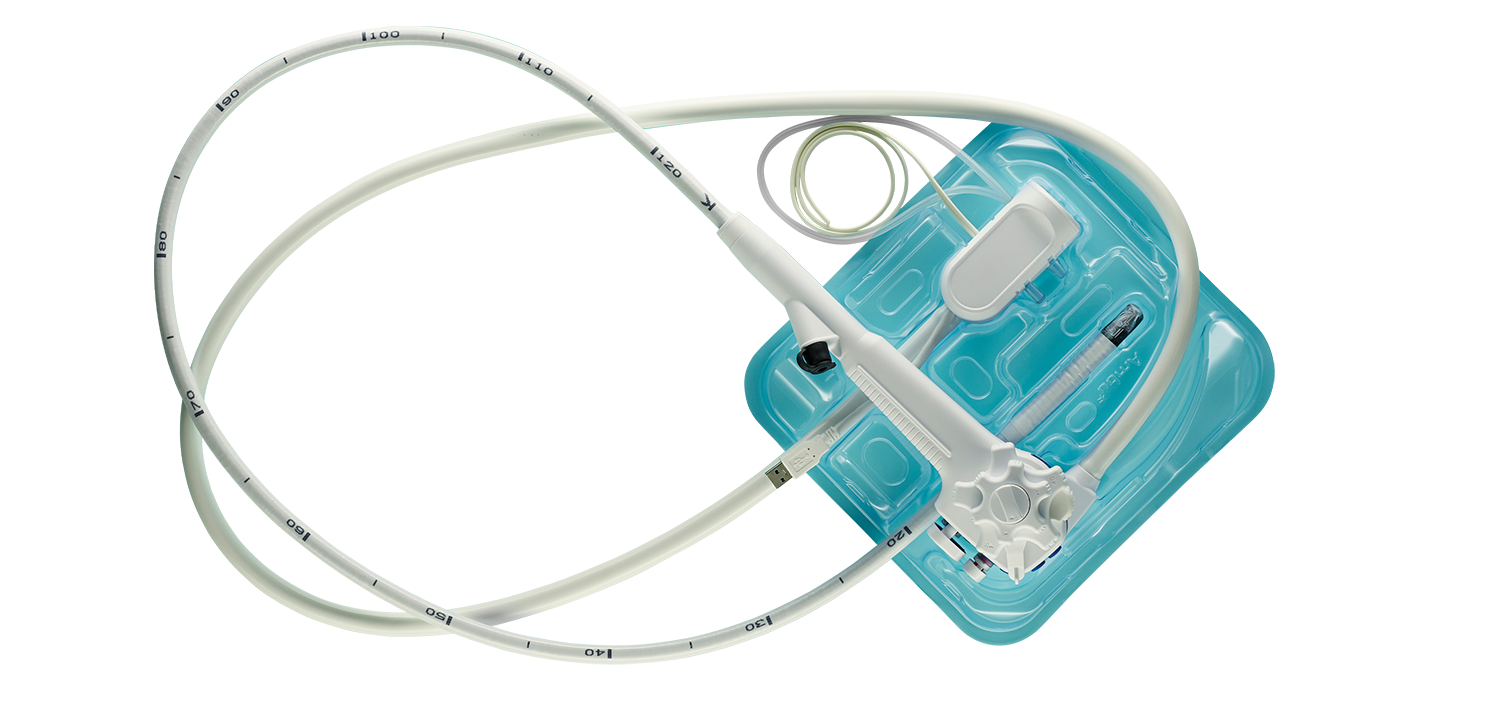
Though duodenoscope reprocessing is considered highly effective, the process is not without risk.
Recent years have seen increased emphasis on reprocessing and a focus on the risk of infection associated with reprocessed gastrointestinal endoscopes, the authors of a recent review published in Techniques and Innovations in Gastrointestinal Endoscopy write. The researchers outlined such risks and the reprocessing challenges, and also analyzed available enhanced reprocessing methods and quality indicators to test reprocessing effectiveness.
Additionally, the review dives into a novel technology which lowers the risk of exogenous infection during ERCP procedures — single-use duodenoscopes.
“While novel reprocessing approaches and technologies for assessment of reprocessing adequacy hold promise, there is increasing concern that reusable duodenoscopes realistically may not be amenable to reliably adequate reprocessing,” the authors write. “Multiple series have demonstrated significant residual duodenoscope contamination rates after both standard and enhanced reprocessing, including sterilization.”
Such concerns have led to significant interest in single-use duodenoscopes, the authors add. They also resulted in a recommendation from the U.S. Food and Drug Administration that healthcare providers transition to duodenoscopes with innovative designs “that make reprocessing easier, more effective, or unnecessary.”
Six duodenoscopes with disposable components are currently cleared for use by the FDA. Of these, three feature disposable endcaps, one has disposable endcaps and a disposable elevator mechanism, and two are fully disposable.
The authors address questions regarding performance, cost concerns, and environmental impact of single-use scopes. Several studies, they write, have found their performance comparable to reusable alternatives in common ERCP tasks.
Single-use duodenoscopes may seem more expensive on the surface, but they eliminate the need for reprocessing equipment, chemicals, and personnel. The environmental impact is also unknown.
“While a move to fully disposable endoscopes would result in significantly increased material waste generation, doing so would concurrently decrease the considerable waste generated by reprocessing,” the authors write. “Additionally, both of the available fully disposable duodenoscopes are partially recyclable after use and both manufacturers have partnerships with medical-grade recyclers, which would seemingly mitigate the increase in material waste associated with fully disposable duodenoscopes.”
They reference a pair of studies which have found single-use bronchoscopes and ureteroscopes to have comparable environmental impacts as reusable ones. Endoscopy has a significant environmental impact as is, caused by the use of water and chemicals necessary for reprocessing.
An “important task,” according to the authors, will be to define “the acceptable rate of duodenoscope-associated infectious risk.”
“Doing so is complex and nuanced, and made more challenging by the fact that the infectious risk related to use of contaminated duodenoscopes is difficult to accurately define but will clearly be integral to the calculus determining whether we need to transition to disposable duodenoscopes,” they write. “If we mandate a very low or even absent acceptable infectious risk, then perhaps infectious considerations will outweigh cost and environmental concerns and favor the use of disposable duodenoscopes.”
In addition to its analysis of single-use duodenoscopes, the review looks into the current state of endoscope reprocessing and supplemental measures meant to decrease infection risk from reusable duodenoscopes, which the FDA recommended one or more of be implemented to the process in 2015.


